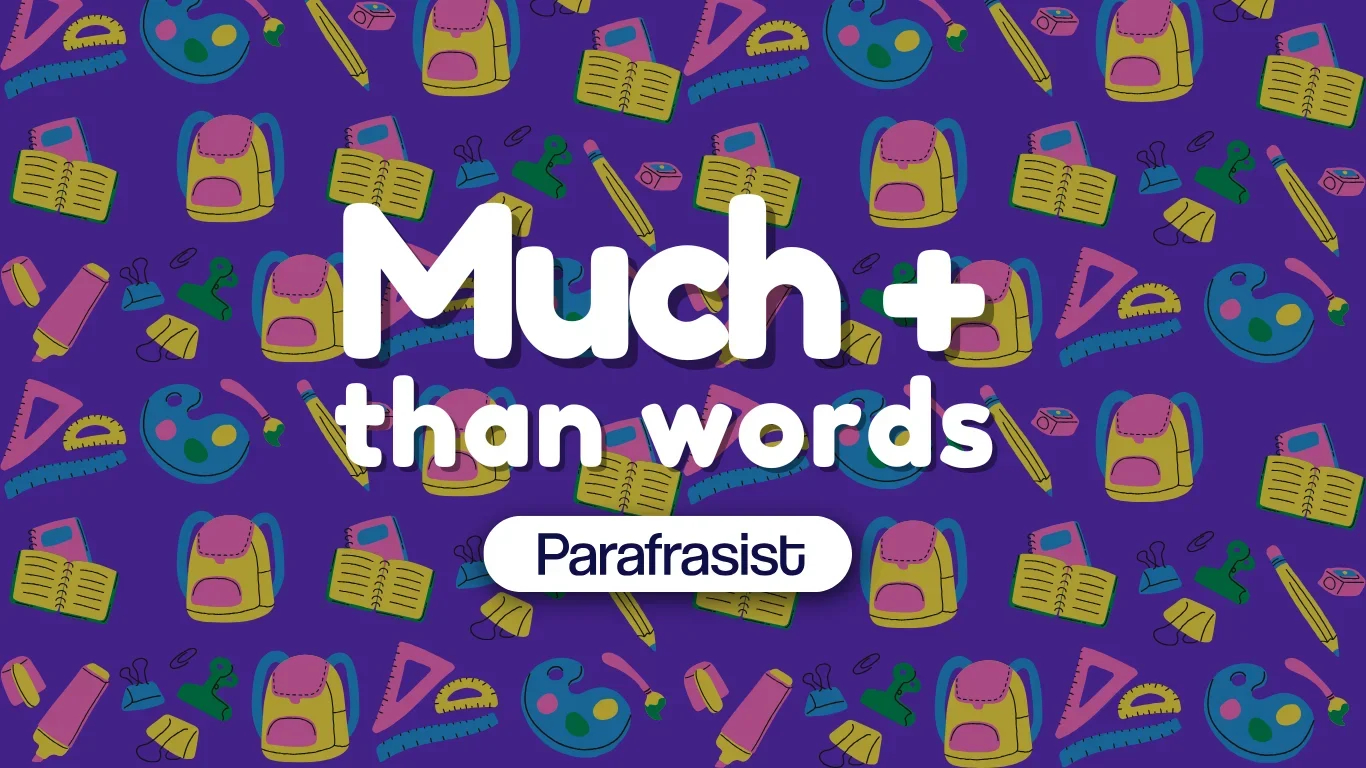Qualitative Adjectives: What They Are, Types, and Examples
Victoria | Equipo de redacción
August 26, 2024

Have you ever wondered, what are qualitative adjectives? Or if there are different types of qualitative adjectives? Keep reading because here you’ll find answers to all your questions about qualitative adjectives, with examples.
What Is a Qualitative Adjective?
Qualitative adjectives are essential in language as they assign qualities to all nouns, whether they are objects, people, or animals. These types of adjectives enrich vocabulary, helping people be more specific and expressive in their communication. Simply put, when we say something like “the pretty dog” or “happy girl,” we are using qualitative adjectives to specify the characteristics of the noun.
Qualitative Adjectives: Examples
To better understand what a qualitative adjective is and which qualitative adjectives to use in any sentence, here is a list of 20 examples of qualitative adjectives:
Whole
Stable
Broken
Simple
Intermittent
Volatile
Resilient
Closed
Unpunctual
Imaginative
Kind
Triangular
Long
Loyal
Delicious
Tenacious
Responsible
Skillful
Apt
Green
Sentences with Qualitative Adjectives
The apple is still very green.
That singer is very persevering and successful for her age.
They served us the soup in a deep bowl.
I had never worked in such a lonely place.
The famous writer, William Shakespeare.
He made a rash entrance, arriving very quickly.
You have a great imagination, don’t you?
We had a tough trip; the train was old.
Had you noticed that her face is round?
It is a chemical compound considered unstable.
Types of Qualitative Adjectives
Qualitative adjectives can be classified in different ways depending on their descriptive purpose. Below are the types of qualitative adjectives:
Adjective of Quality: This adjective describes what something or someone is like. Example: Interesting movie.
Adjective of Quantity: This adjective indicates the amount of something. Example: Few clouds.
Adjective of Size: This adjective indicates the size of something. Example: Long road.
Adjective of Shape: This adjective is used to describe the shape of something. Example: Square sofa.
Additionally, you can find other types of adjectives in different classifications, such as:
Specific Adjectives: These adjectives are added to the noun to help identify it from other similar options, whether by size, color, or shape. They are usually placed after the noun to give it meaning. Example: The gray keyboard.
Descriptive Adjectives: These adjectives add information about the inherent characteristics of the noun and are used before it. Although not necessary to identify the noun, they add value to the sentence. Example: The green trees.
Qualitative Adjectives: Easy and Online Exercises
It is essential to have clarity and variety in our vocabulary when writing. That’s why, when learning what qualitative adjectives are, you should also know about tools that help you expand your knowledge of qualitative adjectives with online resources like Parafrasist's Text Paraphraser. This site, powered by artificial intelligence, not only changes the words in a text but also offers different qualitative adjectives in sentences.
Parafrasist’s paraphraser will help you enrich your speech and vocabulary with alternative or different adjectives from those originally in the text. For example, if in the original sentence you describe “a beautiful landscape,” the tool will enhance the descriptions with a different adjective, such as “impressive landscape” or another adjective like “majestic scenery.”
Do your homework with qualitative adjectives here.

Degrees of Qualitative Adjectives:
Adjectives are usually placed within three distinct degrees, which are:
Positive Adjectives:
This points out a characteristic without indicating the level of intensity or comparison. Example: That series is good.
Comparative Adjectives:
Comparative adjectives indicate a characteristic identified with greater, lesser, or equal intensity. Example: My glass is fuller than yours.
Superlative Adjectives:
This refers to the characteristic that an element has to the highest degree possible. Example: He is the tallest; he is the tallest in his class.
Positive and Negative Qualitative Adjectives
Qualitative adjectives can be either positive or negative depending on their intention when describing or attributing qualities to an element.
Positive Adjectives: Indicate positive, pleasant, or socially accepted qualities.
Negative Adjectives: Indicate negative, unpleasant, or socially unaccepted qualities.
Go here to improve your writing with AI.

Other Adjectives:
The function of adjectives in speech is to attribute specific characteristics to certain elements or nouns, distinguishing them from others. And within the types of adjectives, there are two more:
Determinative Adjectives:
Determinative adjectives do not provide a description, but they do present, delimit, or indicate space, gender, or number. They can be demonstrative, possessive, numeral, or indefinite. Example: This poster; five flowers; that gazelle.
Relational Adjectives:
This type of adjective creates a relationship between the noun and a specific subject or field to which it belongs. Nationalities are part of this adjective type. Example: Mexican food, U.S. dollar, solar system.
Now you know more in-depth about the differences between existing adjectives, their definitions, and even online tools like Parafrasist that help you vary and expand your vocabulary as well as learn more adjectives through its text paraphraser. Start implementing new adjectives easily by clicking here!